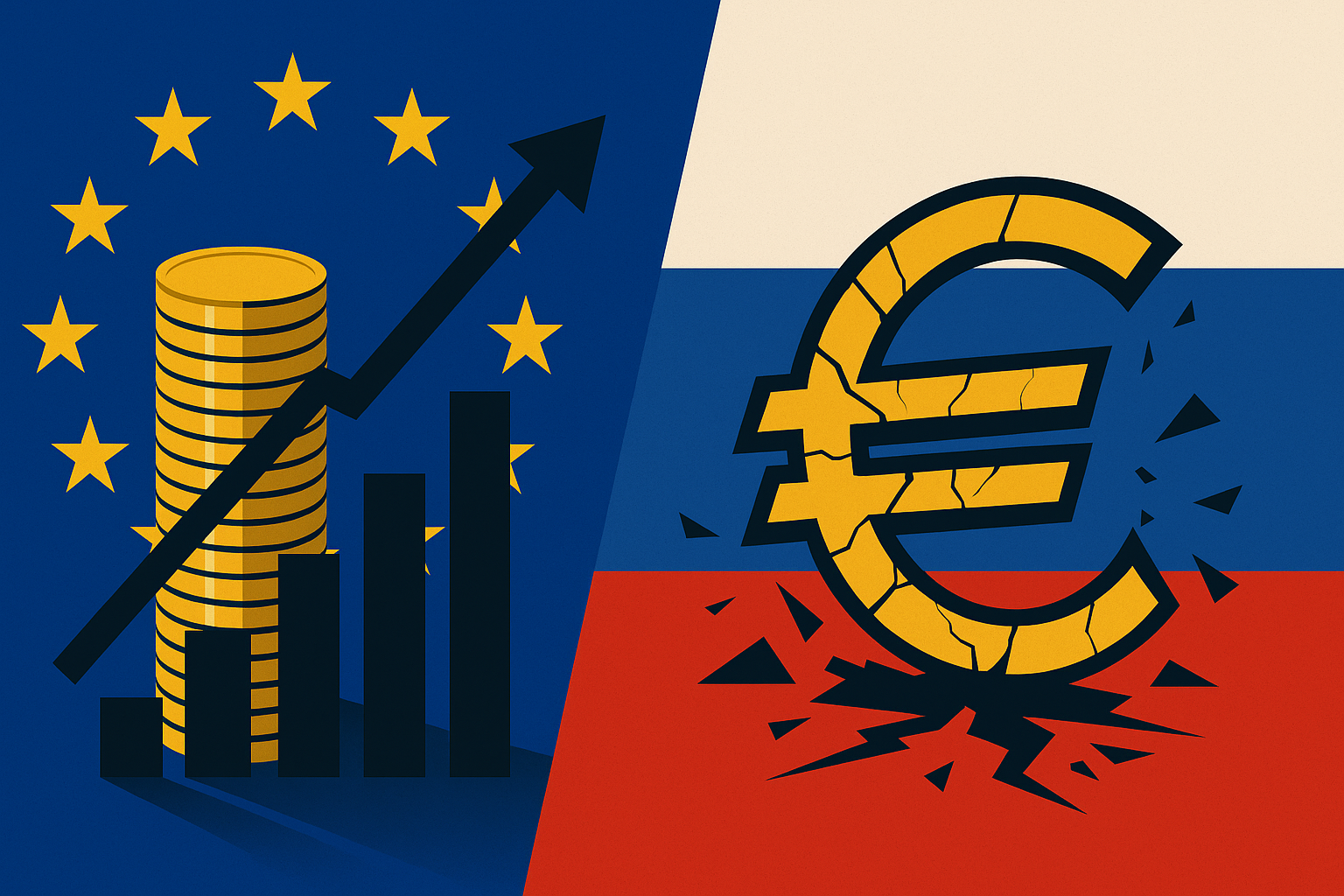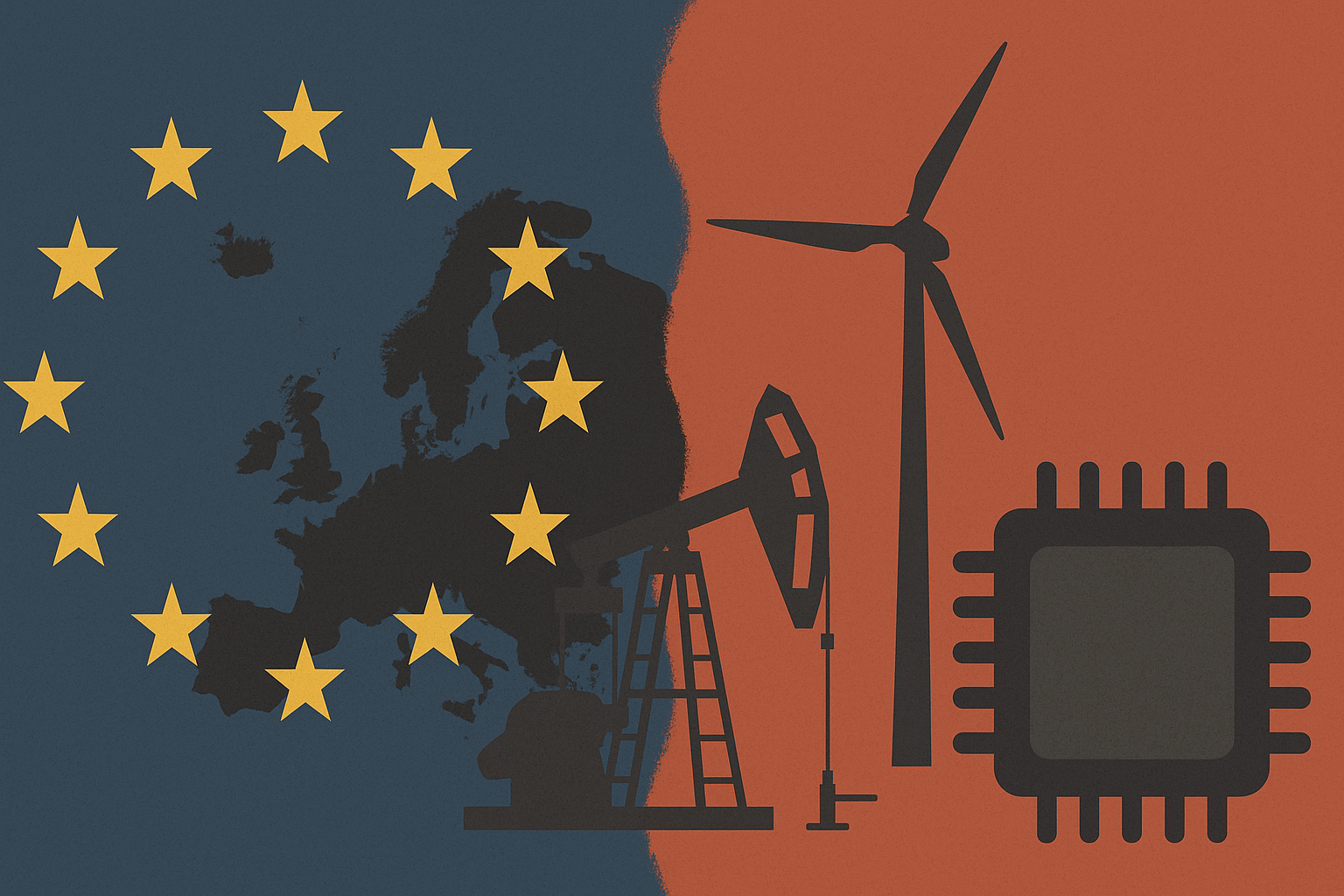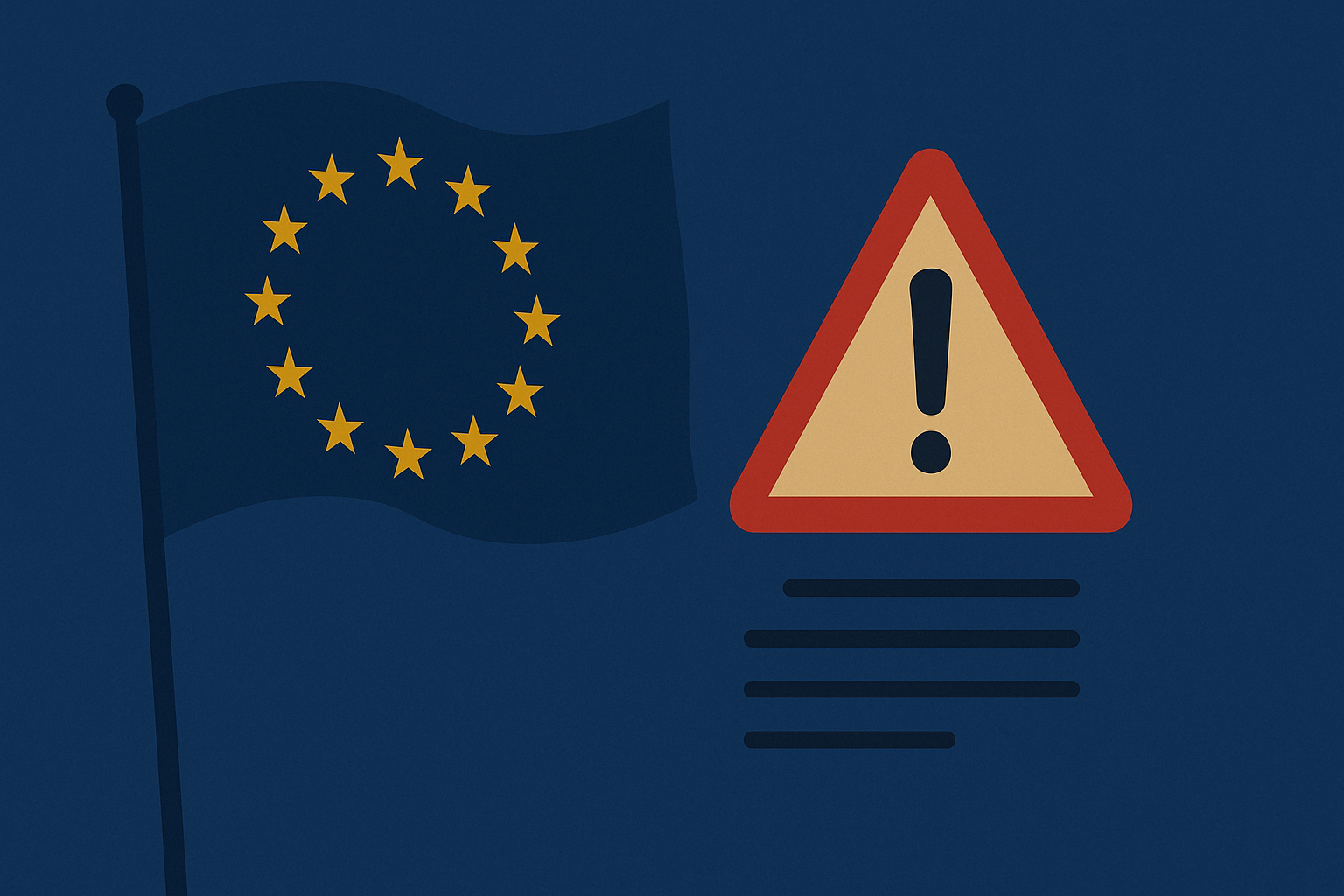Last month’s NATO summit in The Hague may be considered a success by some, if only because the alliance emerged from it intact. One of the summit’s main outcomes was a European pledge to increase defence spending to 5% of GDP by 2035—3.5% allocated to defence and 1.5% to defence-relevant infrastructure. This commitment appears to have satisfied U.S. President Donald Trump, who had previously demanded higher European contributions to NATO.
However, defence experts and policymakers are questioning whether this headline figure truly addresses the alliance’s real challenges. Spending more does not automatically mean spending smart, and an overemphasis on hitting numerical targets may ultimately hinder rather than help Europe’s long-term security strategy.
The Problem with Arbitrary Spending Targets
While few dispute that Europe needs to take on a greater share of its own defence, the 5% target raises key concerns:
- Unequal Results Across Member States
The size of GDP differs vastly among NATO members. For example:- Germany, with a GDP of €4.3 trillion, would spend over €200 billion annually on defence.
- Estonia, with a GDP below €40 billion, would spend under €2 billion.
- Misaligned Incentives and Inefficient Outcomes
A rigid focus on a spending figure encourages governments to hit the target rather than invest in capability development. This leads to inefficient spending, inflated procurement costs, and weak incentives for collaborative defence planning. In contrast, Ukraine has demonstrated how to build effective and scalable military production at low cost, offering a model NATO allies could learn from. Europe’s fragmented defence industry could benefit more from joint procurement, streamlined production, and cross-border coordination than from an arbitrary budget threshold. - Creative Accounting Undermines Credibility
High spending targets are likely to prompt governments to manipulate accounting practices. Already, examples have emerged:- Italy plans to count military pensions as part of its defence budget.
- Spain’s Prime Minister Pedro Sánchez has floated the idea of including climate-related spending under the defence umbrella.
- Missed Opportunities for Smart Financing
Instead of simply injecting more state funds into a sluggish public procurement system, Europe would be better served by liberalizing defence markets and incentivizing private investment. A recent move by the European Investment Bank to allow indirect investment in defence companies is a promising step. Encouraging private sector involvement and regulatory reform could enhance flexibility, innovation, and responsiveness in the defence industry—outcomes unlikely to result from government-heavy spending mandates alone.
Rethinking Strategic Defence
Additionally, the push for higher spending risks sidelining cost-effective defence models, such as reserve-based conscription forces used in Nordic and Baltic countries. These models reduce costs, maintain workforce availability, and avoid long-term pension burdens—issues that professional standing armies often face. In Belgium, Bulgaria, and Italy, for example, nearly 20% of defence budgets are consumed by pensions.
Conclusion: Focus on Capabilities, Not Just Costs
The 5% GDP spending target may offer political cover and a sense of urgency, but it does little to solve the real structural and strategic challenges facing NATO and European defence. Without a coordinated effort to:
- Develop interoperable capabilities
- Address resource imbalances across countries
- Encourage cost-effective solutions and innovation
…the alliance risks pouring billions into a system that remains fragmented and inefficient.
In an era of rising threats and strategic uncertainty, what Europe needs is not just more money, but smarter defence planning. Spending 5% on defence should not be the end goal — building a capable, unified, and resilient European defence system must be.








